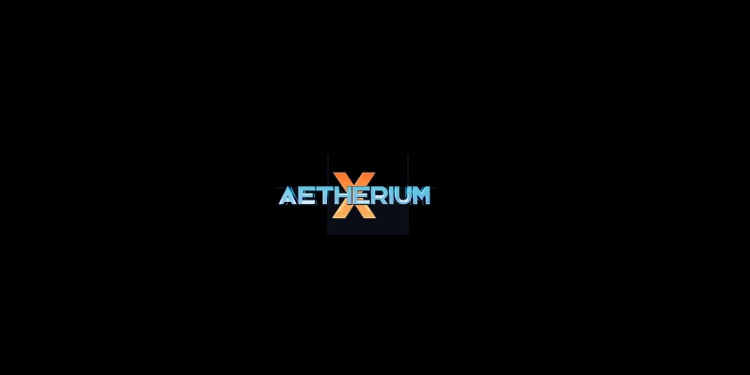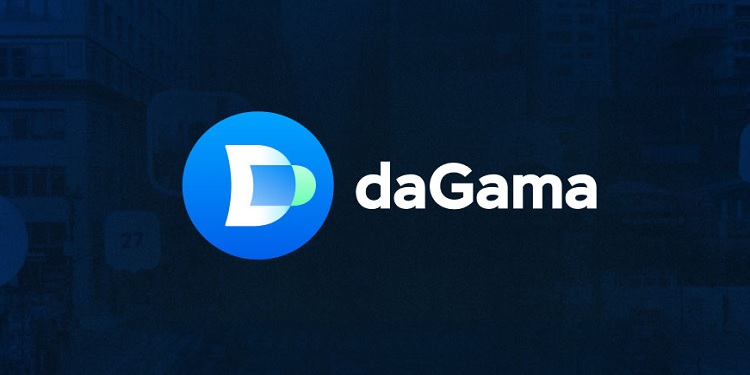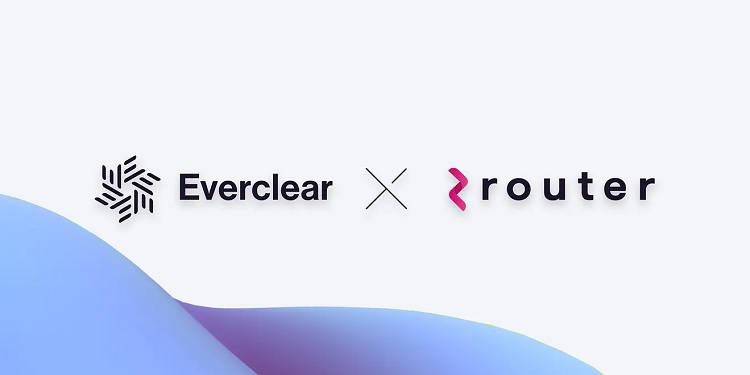Project Promissa, an initiative jointly developed by the Bank for International Settlements (BIS) Innovation Hub, the Swiss National Bank, and the World Bank, has introduced a groundbreaking approach to managing promissory notes using distributed ledger technology (DLT). The initiative aims to transform a traditionally cumbersome, paper-based financial process into a more streamlined, efficient, and transparent system.
For decades, multilateral development banks (MDBs) such as the World Bank have relied on promissory notes to record and process long-term financial pledges made by member countries. These instruments have historically required extensive manual reconciliation and administrative oversight, contributing to operational inefficiencies. Given the scale and value of these notes—representing a major share of member state contributions—any improvements to their management could yield substantial benefits.
Proof of Concept Demonstrates Digital Potential
To address these challenges, Project Promissa introduced a proof-of-concept platform for tokenized promissory notes. This digital prototype supports the entire lifecycle of the notes—from issuance to payment and archiving—by automating tasks that are traditionally handled manually. The solution is designed to reduce both time and financial costs associated with managing such instruments.
The platform leverages DLT to create a single, verifiable source of truth for all parties involved. It allows for secure multiparty digital signatures and maintains the confidentiality of transactions. Each participant retains full ownership, control, and decision-making authority over their respective notes. This functionality is aimed at replacing the existing paper-based processes that have been in place since the inception of institutions like those born from the Bretton Woods agreements.
The PoC also drew on the participation of representatives from seven different countries, whose contributions helped refine the platform’s functionality and user experience. Their involvement provided valuable insights into the real-world requirements of diverse national contexts and operational frameworks.
Efficiency and Accuracy Take Center Stage
Leaders involved in the project have emphasized the potential public benefit of applying blockchain to this specific area of finance. Officials suggested that the digitization of promissory note management offers a powerful opportunity to modernize long-standing, error-prone systems. The move toward automation and digital integration is expected to reduce the need for time-consuming reconciliations and improve overall financial administration.
The Swiss National Bank, responsible for managing Switzerland’s own promissory notes, has highlighted the value of adopting distributed ledger technology to support more accurate and efficient operations. From a central banking perspective, this innovation not only reduces errors but also promotes operational transparency and accountability.
Setting a Precedent for Public Sector Innovation
Project Promissa represents a compelling example of how blockchain technology can be applied beyond the private sector, serving public and intergovernmental financial systems with high standards of security, accuracy, and efficiency. The collaboration among major international financial institutions underscores a shared commitment to innovation that benefits global development efforts.
As DLT continues to mature, initiatives like Project Promissa could set the standard for future applications in sovereign finance and international cooperation. By addressing the longstanding inefficiencies associated with promissory notes, the project offers a glimpse into a more modern, digitized future for development finance.









